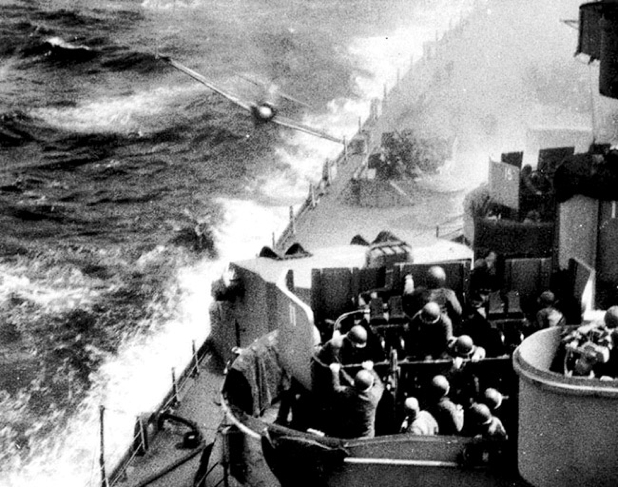Midweek -- Coffee Break
September 9th 2013
I love football. I don’t celebrate New Years on January first, I celebrate on August 15th or whatever August date the NFL schedules it’s first preseason practice games each year. That’s how I measure the passing of another year; out of the darkness into the light.
I have always loved football. When I was a little kid I drew pictures of football players in the uniforms and colors of all the California teams; the red and gold of the Forty-Niners playing in the old Kezar stadium in Golden Gate Park with my dad and granddad cheering on our quarterback heroes Frankie Albert and Y.A.Tittle. And of course the blue and gold of their nemesis, the L.A. Rams with their distinctive ram horn helmets one of the first truly imaginative helmet designs; what a spectacle in that “huge” L.A. Coliseum built to host the ’32 Olympics.
And speaking of blue and gold, how about them “mighty Golden Bears” of U.C. Berkeley,... “the mighty Golden Bear, is loosing all his hair, his teeth fell out, he’s got the gout, he don’t know what it’s all about” remember that song; sung to any tune? Of course just across the bay in Palo Alto we find the Bear’s traditional rivals, Stanford University (the Indians before they became the Cardinals), with the simple understated red “S” on their white helmets.
Heading back down south to that grand Coliseum we see the maroon and gold of the USC Trojans...about whom I shall not speak. And in quaint Westwood bordering poshy Bel Aire, live their across town rivals, the sky blue jerseys, light brown pants and those metalic gold helmets of the UCLA Bruins. I was a matriculating “bruin” during the heady days of Coach Red Sanders who ran one of the few remaining Single Wing formations. I’ll never forget Sports Illustrated’s centerfold featuring the national champion bruins serpentining out of the huddle with Primo Villanueva at Tailback.
Every football season of my boyhood, when my best friend and I were not playing pick up touch football on the soft grass of the Junior College lawn, we would play “Photo Electric Football” by the hour. We called ourselves by the NFL teams of the day; Bears, Giants, Packers, Bengals, Redskins, Chiefs and so on. We kept close track of our Win/Loss records. I guess that was as close to a Fantasy League as we could get in those days.
Later on, I played quarterback for the Modesto High Panthers, but not very successfully. We had the worst team in 28 years, but I still loved it. I played intramural flag football all through college and during my time in Pre-flight at Pensacola, Florida. After earning my wings, I played intramural flag football again for my squadron team at the Naval Air Station in Jacksonville Florida. I loved playing football, I tell you.
In the fall of “62 we had an important game so I borrowed a pair of cleats from a friend. The first time I ran with the ball, I planted my foot to turn up field, the cleats dug in as my body pivoted, but my foot didn’t. I heard and felt a pop in my knee as cartilage and ligament tore. As I went to the turf I saw stars of all colors, and my football playing days were over. I was able to rehab the knee in time to deploy to Key West later in October for low level recce flights over Cuba.
That injury was the beginning of a 53 year relationship with my cranky left knee, the most recent chapters being two consecutive unsuccessful knee replacement surgeries, the outcome of which is still to be determined.
But you know, I still love football. For me, the beautiful Fall colors are the sky blue and gold of the Bruins, the red and gold of the Niners, and the black and green of the Warriors...my adopted home team.










